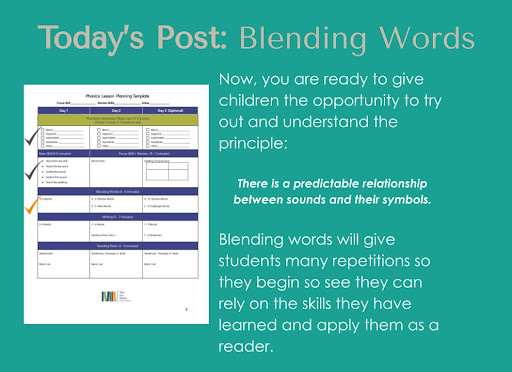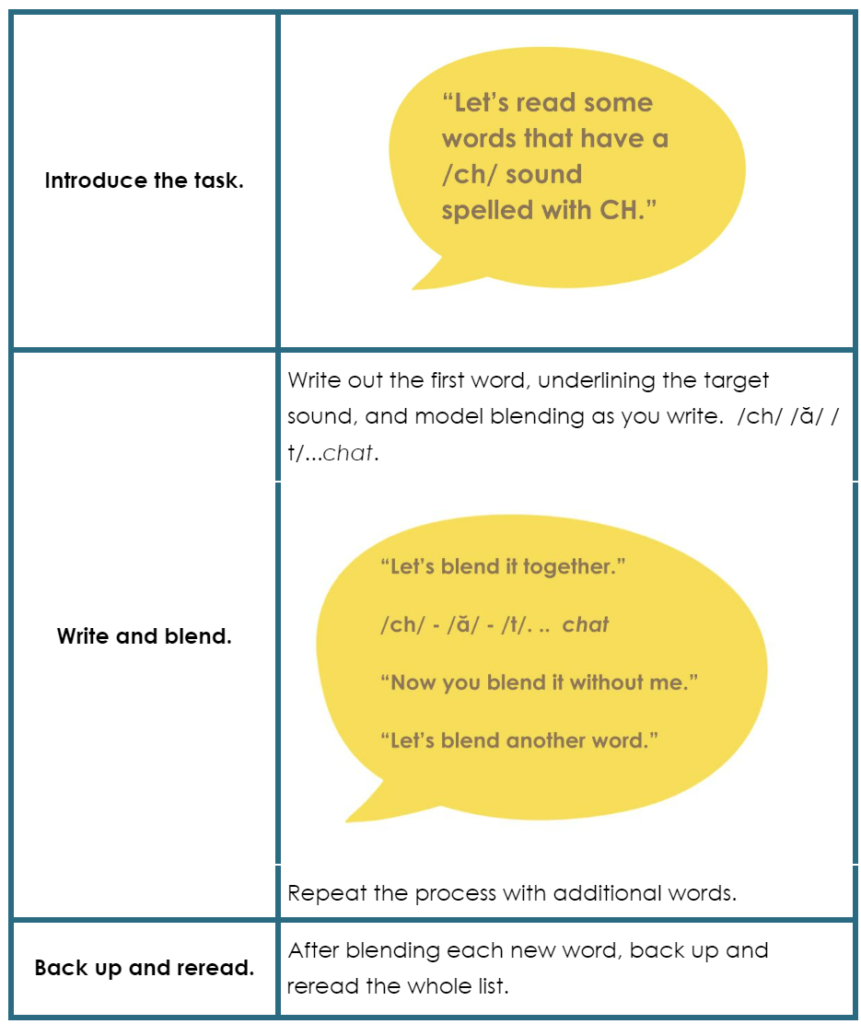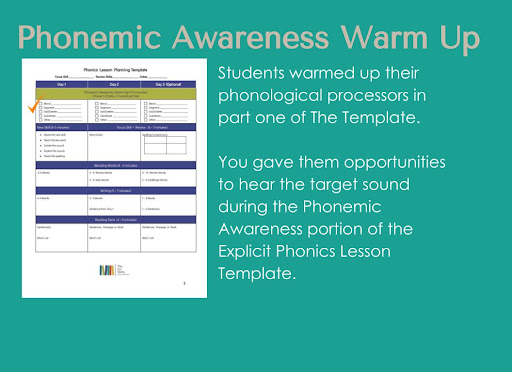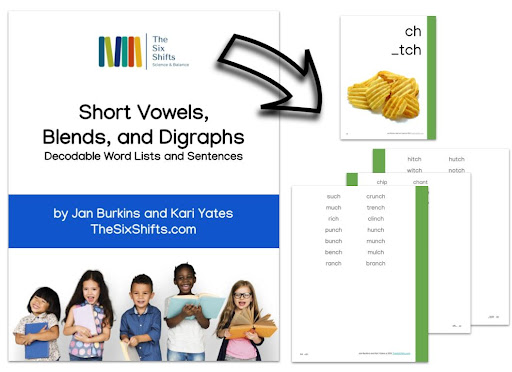This week, we help students develop trust.
Trust?! YES, trust!
Students will take the skills they’ve learned in the first two components of our Explicit Phonics Lesson Template and put them together in one orchestrated action. The Blending section of The Template gives students practice reading whole words!
Blending is like the trust fall for phonics instruction. During a trust fall, you have to know, without a doubt, that a friend is behind you to catch the fall. The more times you fall, and the friend supports you, the more you trust the support.
While your students are learning to connect sounds to letters, you can provide them with an activity using trust-fall predictability. Using blending to read whole words, students get many opportunities to read and apply the phoneme-grapheme connections they are learning.
Students will have many repetitions–matching the sounds to the sound-spellings they are practicing–which builds trust. Trust that the alphabetic principle is reliable, and trust that the skills they are practicing will help them read.
This week, we explore the Blending Words component of the Explicit Phonics Lesson Template.
But first, let’s quickly recap the first components of The Explicit Phonics Lesson Template.
(Not to worry if you missed the first few blog posts in this series! Click the images below to read the previous posts!)

Blending words serves as a critical bridge between isolated skills and application. Daily blending practice gives students opportunities to read words that contain the focus skill and review past skills or patterns.
Here’s how you do it!

The example in the table is a continuous blending routine. Continuous blending teaches children to move across a word in a linear fashion, saying each sound in order without stopping, and then finally rereading and blending the sounds as a whole word. Continuous blending is the most common routine for blending.
You can also learn about cumulative blending in Shift 3 of Shifting the Balance. Cumulative blending slows the process, even more, and will help students who need more support holding onto sounds across an entire word.
So, back to the lesson template. As you progress across the week, the words used for blending practice can contain a mix of the current focus skill and previously learned skills, creating a cumulative review.
Day 1: Blend 4 – 6 new words
Day 2: Review Day 1 words and blend 4 – 6 new words
Day 3: Review all words from Days 1 and 2, & blend 2 – 4 review or challenge words.
When choosing words for blending, select words that have just one change (minimal contrast), words that include a variety of past skills, and words that provide embedded practice with the identified review skills.
Writing the words in a column with the target spelling lined up can make it easier for students to notice spelling patterns. On the other hand, presenting the words in a line, left-to-right, can provide practice reading across a page, which is more challenging.
And, as always, we’ve got tools to help you get started with blending practice!
Our decodable word lists and sentence downloads contain anchor posters with keywords for target skills and decodable word lists designed to support easy selection for blending practice.
Check out the free downloads for both short vowels and long vowels. 👇
That’s it for the blending practice component of the lesson.
We’ll see you back next week as we continue the blog series about The Explicit Phonics Lesson Template. Next up, is the WRITING component.
Until then, happy blending!
Explore our 8-part blog series “Using our Flexible Phonics Lesson Template.”👇
Using Our Flexible Phonics Lesson Template (Part 1): An Introduction
Using Our Flexible Phonics Lesson Template (Part 2): The Phonemic Awareness Warm-up
Using Our Flexible Phonics Lesson Template (Part 3): Explicit Skills Practice
Using Our Flexible Phonics Lesson Template (Part 4): Blending Words
Using Our Flexible Phonics Lesson Template (Part 5): Writing
Using Our Flexible Phonics Lesson Template (Part 6): Reading Text
Using our Flexible Phonics Lesson Template (Part 7): Word Chains
Using our Flexible Phonics Lesson Template (Part 8): Spelling Comparisons
-

Jan Burkins and Kari Yates are authors, speakers, and consultants, who are dedicated to helping teachers around the world translate reading science into simple instructional moves that help teachers make learning to read easier for their students while still centering meaning-making, engagement, and joy.
Recent Posts








I would like to see your decodable lists and sentences. Thanks!
Looking forward to Part 5 and beyond of Using Our Flexible Phonics Lesson Template! I am a grade-level chair for our district’s kindergarten teachers and would LOVE to use these blogs for our book study of StB Shift 3 on October 21. Any idea when the next blogs will be released?
Thank you!